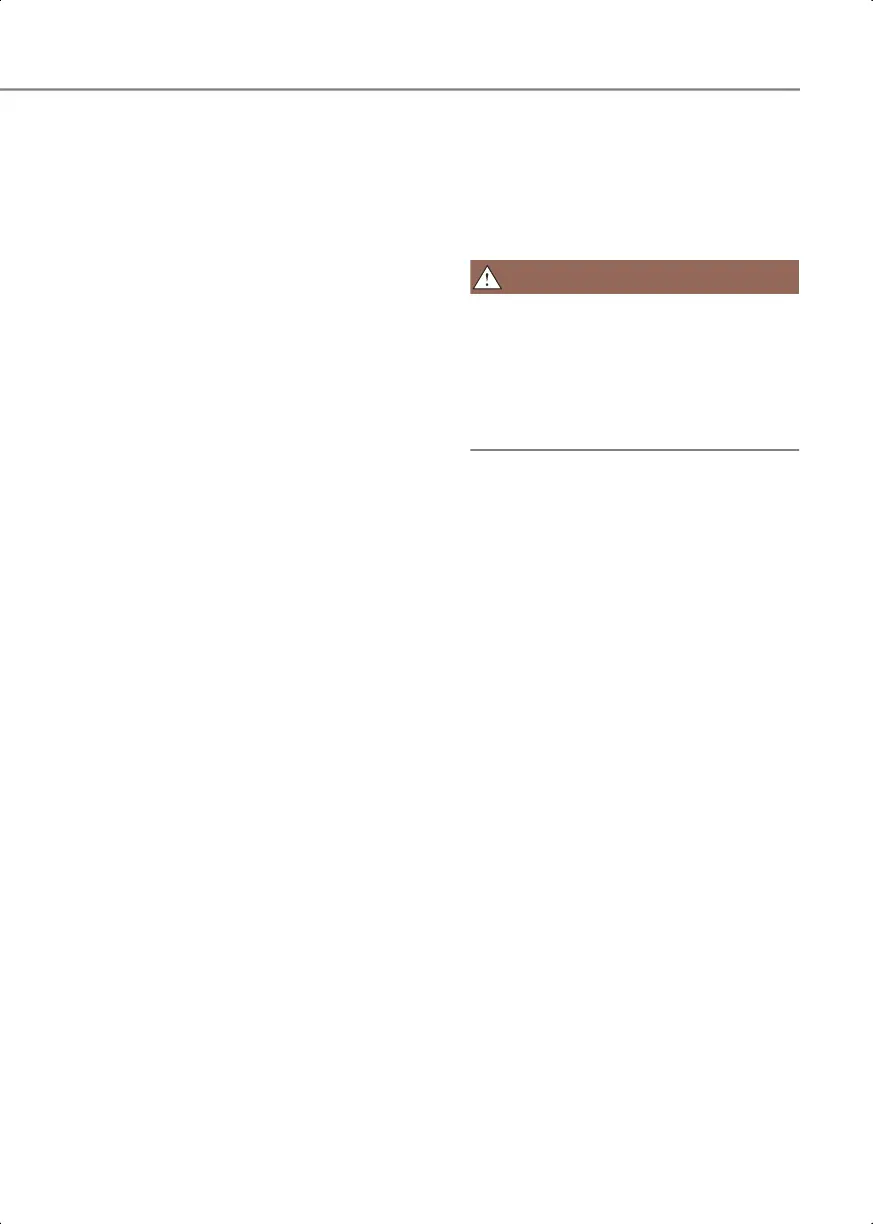3
3-27
Care of seat belts
Seat belt systems should never be
disassembled or modified. In addition,
care should be taken to assure that seat
belts and belt hardware are not damaged
by seat hinges, doors or other abuse.
Periodic inspection
All seat belts should be inspected
periodically for wear or damage of any
kind. Any damaged parts should be
replaced as soon as possible by an
authorized retailer of Genesis Branded
products.
Keep belts clean and dry
Seat belts should be kept clean and dry. If
belts become dirty, they can be cleaned
by using a mild soap solution and warm
water. Bleach, dye, strong detergents or
abrasives should not be used because
they may damage and weaken the fabric.
When to replace seat belts
The entire seat belt assembly or
assemblies should be replaced if the
vehicle has been involved in an accident.
This should be done even if no damage is
visible. Consult an authorized retailer of
Genesis Branded products.
Child Restraint System
(CRS)
Children always in the rear
Always properly restrain children in the
rear seats of the vehicle. Children of all
ages are safer when restrained in the rear
seat. A child riding in the front passenger
seat can be forcefully struck by an
inflating airbag resulting in SERIOUS
INJURY or DEATH.
Children under age 13 should always ride
in the rear seats and must always be
properly restrained to minimize the risk of
injury in an accident, sudden stop, or
sudden maneuver.
According to accident statistics, children
are safer when properly restrained in the
rear seats than in the front seat. Even with
airbags, children can be seriously injured
or killed. Children too large for a Child
Restraint System must use the seat belts
provided.
All 50 states have child restraint laws
which require children to travel in
approved Child Restraint Systems.
The laws governing the age or
height/weight restrictions at which seat
belts can be used instead of Child
Restraint System differs among states, so
you should be aware of the specific
requirements in your state, and where
you are travelling.
Child Restraint Systems must be properly
placed and installed in the rear seat. You
must use a commercially available Child
Restraint System that meets the
requirements of the Federal Motor
Vehicle Safety Standards (FMVSS 213).
Child Restraint Systems are generally
designed to be secured in a vehicle seat
by lap belt portion of a lap/shoulder belt,
0_IK_PE_en_US.book Page 27

